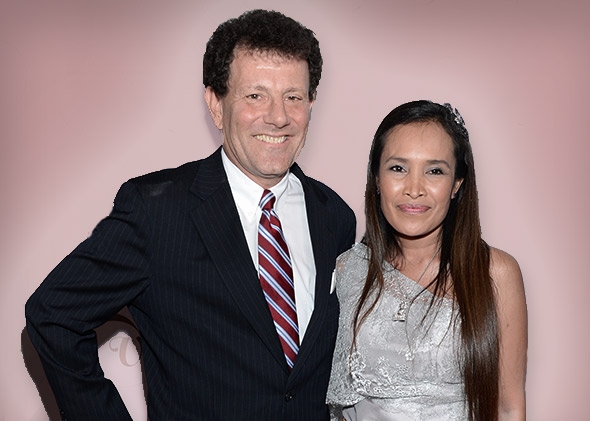In the intricate tapestry connected with scientific discovery, effective interaction plays a pivotal factor in ensuring that the powerful insights and breakthroughs realized by researchers reach often the broader audience. Science contact serves as the bridge from the complex realm of analysis and the general public, fostering knowledge, appreciation, and engagement. This post explores the importance of science verbal exchanges, its methods, and the evolving landscape that seeks to produce science accessible to all.
The worthiness of Science Communication
1 . Democratizing Knowledge
Science is not really confined to laboratories; it shapes our daily lives. Effective transmission democratizes knowledge, making logical concepts understandable and based on people from all races, ethnicities and social status. This inclusivity ensures that everyone is able to participate in and benefit from the research discourse.
2 . Inspiring Fascination and Interest
Engaging narratives and accessible language stimulate curiosity. Science communication aims to ignite interest, pushing individuals to explore the miracles of the natural world, design advancements, and the limitless alternatives that scientific inquiry gives.
Methods of Effective Science Conversation
3. Storytelling in Science
Compelling narratives transform records into stories that resonate with audiences. Scientists are embracing storytelling techniques to share the human side of homework, making it relatable and sentimentally impactful. This approach helps description barriers and captivate various audiences.
4. Visual Transmission Tools
Infographics, animations, as well as visual representations simplify challenging ideas. Visual communication boosts comprehension, making intricate logical concepts accessible to those together with varying levels of scientific literacy. Platforms like social media have become powerful tools for selling visual content.
5. People Engagement Events
Workshops, discipline festivals, and public lectures foster direct engagement. These events provide opportunities just for researchers to interact with the public, answer questions, and share their valuable enthusiasm for science. Hands-on activities make scientific ideas tangible and enjoyable.
The particular Evolving Landscape of Technology Communication
6. Social Media and even Digital Platforms
Social media programs have become dynamic spaces just for science communication. Researchers make Twitter, Instagram, and other programs to share real-time updates, investigations, and engage with a global visitors. Digital platforms enable the rapid dissemination of information.
7. Podcasts and Science Connecting
Podcasts offer an auditory journey into the world of research. Researchers and science communicators use this medium to explore topics, conduct interviews, and present scientific stories in a conversational format. Podcasts serve the diverse learning preferences.
Masking Challenges in Science Connection
8. Combatting Misinformation
Within the era of information overload, misinformation can spread rapidly. Scientific disciplines communicators must combat untrue narratives with accurate, evidence-based information. Fact-checking, transparent coverage, and collaboration with reliable sources help build standing.
9. Cultural Sensitivity along with Inclusivity
Effective communication views cultural nuances and embraces diversity. Science communicators make an effort to create content that resonates with people from various ethnic backgrounds, fostering inclusivity and also ensuring that science is regarded as a global endeavor.
The Future of Scientific disciplines Communication
10. Educational Relationships and Outreach
Collaboration somewhere between scientists and educators boosts science communication. Establishing close ties with educational institutions ensures that knowledge communication is integrated into curricula, empowering future generations considering the tools to critically engage scientific information.
Conclusion: Your Shared Responsibility
As we walk an era of unprecedented medical progress, the responsibility to speak these advancements falls on both the researchers and communicators. Scientific disciplines communication is not merely a conduite for information; it is a shared endeavor to inspire, educate, special info and focus on the public in the awe-inspiring journey of scientific exploration. Through embracing diverse communication solutions and staying attuned to the improving needs of our global target audience, we can collectively bridge the exact gap between the intricate regarding research and the curiosity of the general public. In doing so , most of us enrich the dialogue, inspire individuals, and ensure that the transformative power of science is accessible in all of the.




